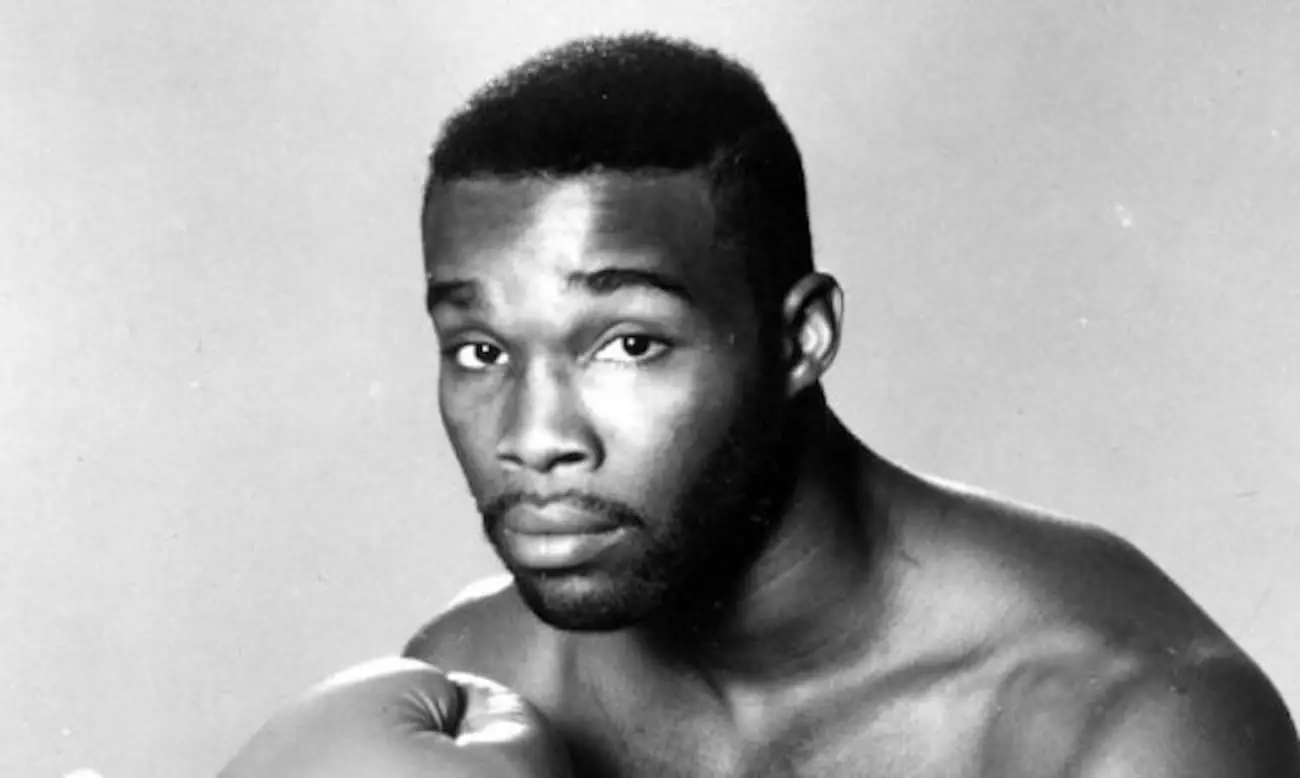In the pantheon of boxing legends, few names resonate with the same power as that of Michael Nunn. For those who witnessed his prowess in the late ’80s and early ’90s, Nunn stood out not just for his skill but for his innate talent that demanded respect. With the grace of a ballet dancer and the precision of a sharpshooter, Nunn didn’t just compete; he dazzled. He embodied the best attributes of a champion, exuding confidence both inside and outside the ring. On the cusp of receiving his well-deserved induction into the Hall of Fame, it’s time to reflect on the nuances that made Nunn a special figure in the sport.
Nunn’s journey began with a foundation laid in amateur boxing, where his talent first caught the eyes of trainers and fans alike. His standout traits were readily apparent — a commanding height, a unique southpaw stance, and an uncanny ability to read his opponents. When he turned professional, he didn’t just aim for success; he aimed for greatness.
Confrontation with the Greats
One of the most poignant moments in Nunn’s career was his ambition to face the titans of his era, notably the legendary “Four Kings” — Sugar Ray Leonard, Thomas Hearns, Roberto Duran, and Marvin Hagler. These fighters, revered for their extraordinary skill sets, represented the pinnacle of boxing excellence. In a recent conversation, Nunn expressed his desire for matchups against Leonard, Hearns, and Duran, highlighting the longing he felt for battles that never transpired.
What stands out is Nunn’s respect and admiration for Marvin Hagler. He chose not to face Hagler, not out of fear but as a testament to the debt of gratitude he owed the former champion for his mentorship. This decision speaks volumes about Nunn’s character. It was not merely about the belts or the glory; it was about honoring the sport and those who paved the way. “I ain’t no coward like that,” he asserted, showcasing his remarkable integrity.
The Paradox of His Prominence
In the prime of his career, Nunn was a phenomenon — unbeaten and seemingly invincible. Yet, he found himself perpetually outside the ring with the reigning champions. Their avoidance of him was paradoxical; while he was rising, so too was the concern among his contemporaries about challenging a fighter who was both powerful and unpredictable. Nunn was boxing’s unsung hero, overlooked by those who had once commanded the spotlight, and that narrative is an unfortunate blemish on an otherwise illustrious career.
In May 1991, however, fate took a cruel turn. Nunn faced off against James Toney in what was presented as a routine title defense. But against the backdrop of expectations, Toney delivered a shocking upset, stopping Nunn in a late-round flurry that no one saw coming. The fight not only marked Nunn’s first professional defeat but also raised significant questions about what could have been if he had fought the biggest names of his era while at his peak.
Revisiting Legacy and Achievements
Despite the missed opportunities, Nunn’s legacy is not diminished. His record stands as a testament to his prowess, highlighting an impressive tally of 58 wins with 38 knockouts. Moreover, his move from middleweight to super middleweight, culminating in a world title victory, is a narrative of versatility and resilience that many champions strive for but few accomplish. Even in the face of challenges, Nunn remained at the top tier of the sport, his capabilities undisputed among fans and analysts alike.
As he is set to share the spotlight at the Hall of Fame, alongside giants like Manny Pacquiao and Vinny Paz, it’s crucial to re-evaluate what Nunn represents: a talent that thrived in the shadows of legends, whose contributions to boxing cannot be overshadowed by missed bouts. His induction is not only a celebration of his accomplishments but also a reminder of the complexities within a sport defined often by its dramatic narratives. Nunn’s story may not converge neatly with the arcs of his contemporaries, but it is undoubtedly one that enriches the lineage of boxing history.

